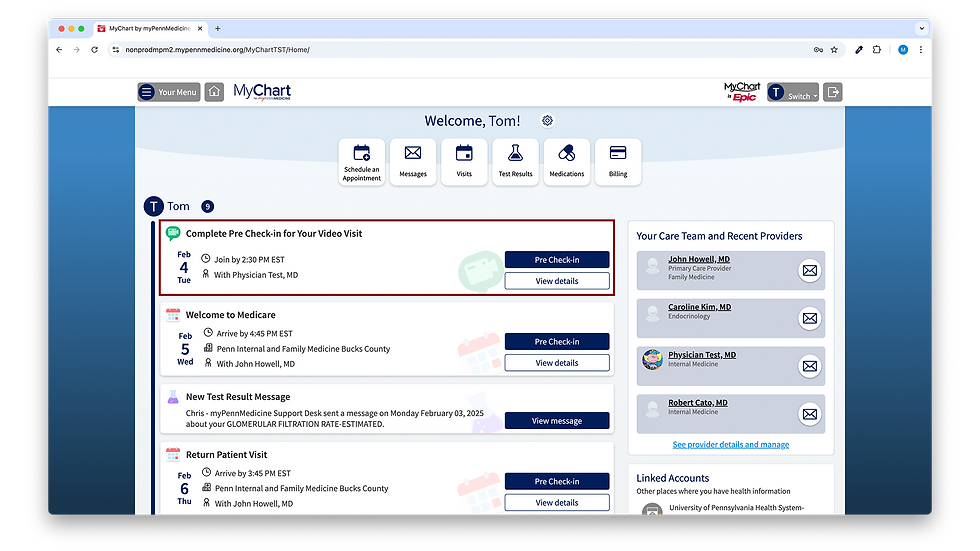The Future of Pathology: How AI is Redefining the Pathologist's Role
- Kat Usop

- Aug 22
- 3 min read
When you think of a pathologist, you might imagine a doctor peering through a microscope, meticulously analyzing tissue slides to identify a disease. While that image holds true to the core of the profession, the future of pathology is rapidly being redefined by a powerful new collaborator: artificial intelligence (AI).
The Digital Transformation 💻
Before AI could even enter the lab, pathology had to go digital. Instead of physical glass slides, modern labs are now able to scan entire slides at high resolution, creating a complete digital image. This process, known as digital pathology, is the essential first step. It transforms the pathologist's workspace from a physical lab to a computer screen, allowing for easier collaboration, remote consultations, and, most importantly, the ability to apply advanced computational tools to the data.
The Role of AI Today: From Assistant to Analyst
AI is no longer a futuristic concept in pathology; it is already making a tangible impact. AI algorithms are trained on vast datasets of digitized slides to recognize complex patterns that may be difficult for the human eye to consistently identify.
For example, in cancer diagnosis, AI is being used as a second set of eyes. For cancers like breast and prostate, AI can assist in the detection of subtle abnormalities, identify tumor cells, and even quantify the severity of the cancer. Companies like Paige and PathAI are developing and gaining regulatory approval for tools that help pathologists triage cases, prioritize their workload, and make more consistent and accurate diagnoses. While the final diagnosis remains with the pathologist, these tools act as an intelligent assistant, reducing cognitive load and saving valuable time.
The Pathologist as a "Clinical Co-Pilot"
The most common question about AI in pathology is whether it will replace the pathologist. The answer, at least for the foreseeable future, is a resounding no. Instead, AI is creating a new role for the pathologist: a "clinical co-pilot." AI excels at repetitive, data-heavy tasks, while the pathologist provides the essential clinical judgment, expertise, and nuanced interpretation that an algorithm cannot.
Studies have shown that when an AI algorithm and a human pathologist work together, they can achieve a level of diagnostic accuracy and efficiency that surpasses what either can do alone. This new dynamic allows pathologists to shift their focus from routine, time-consuming tasks to the more complex and challenging cases, ultimately enhancing their role as a critical part of the patient care team.
Navigating the Challenges
Adopting this new technology is not without its hurdles. Key challenges include the significant investment required to digitize entire pathology departments, the need for robust regulatory frameworks to ensure the safety and efficacy of AI tools, and the ethical considerations around data privacy and algorithmic bias. For instance, an AI model trained on data from a single population might not perform as well on others, highlighting the need for diverse and fair data sets.
The Future is Personalized 🔬
Looking ahead, the most exciting frontier is the integration of digital pathology with other patient data. The combination of image analysis from digital slides with a patient's genetic and molecular data (known as multi-omics) is a field called "pathomics." By analyzing these different data types together, AI can help unlock deeper insights into a disease, paving the way for truly personalized medicine. For example, an AI system could analyze a tumor's image, its genetic makeup, and its protein expression to predict which specific therapy a patient will best respond to.
The future of pathology is not one where humans are replaced by machines, but one where the pathologist, armed with powerful AI tools, can provide more accurate, efficient, and personalized care than ever before. It's a journey of transformation, and the pathologist is firmly in the driver's seat.


Comments